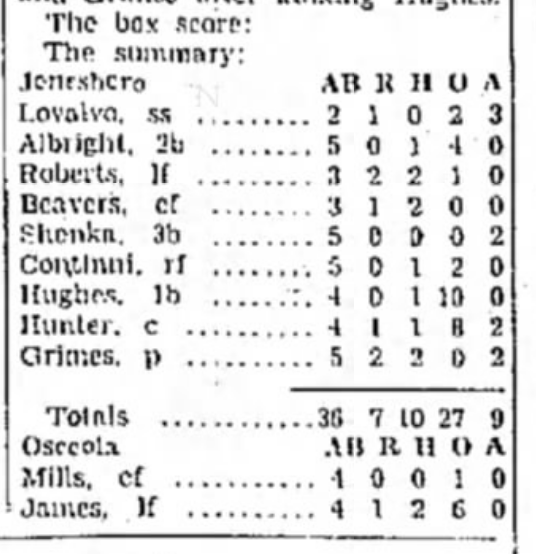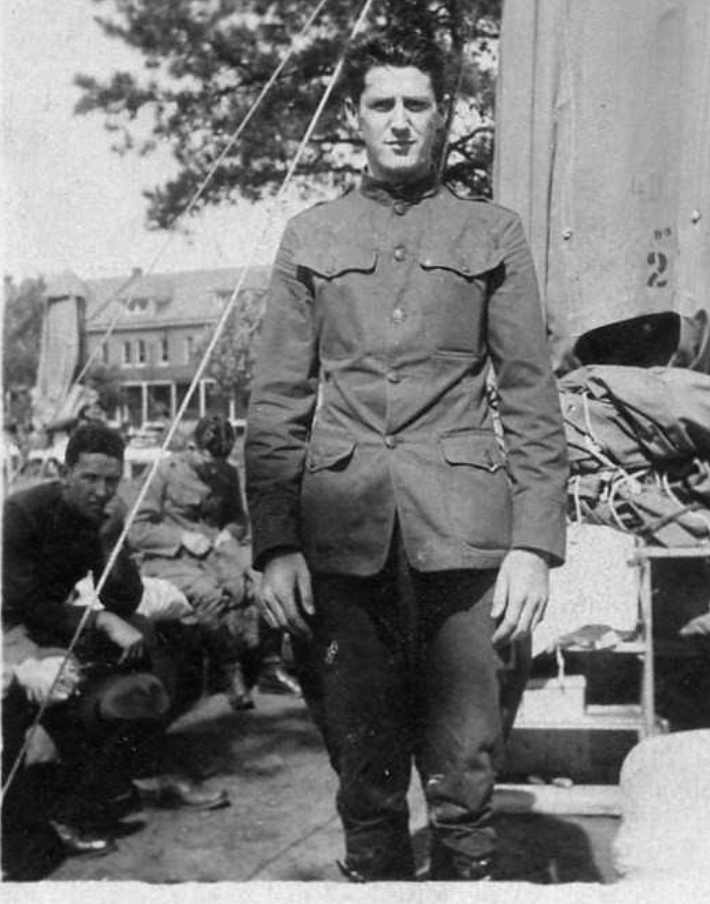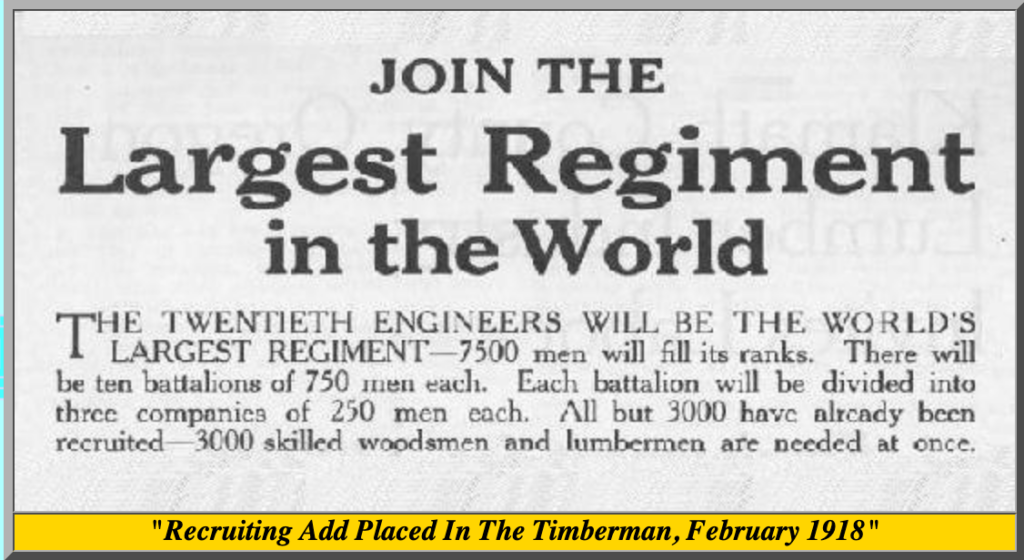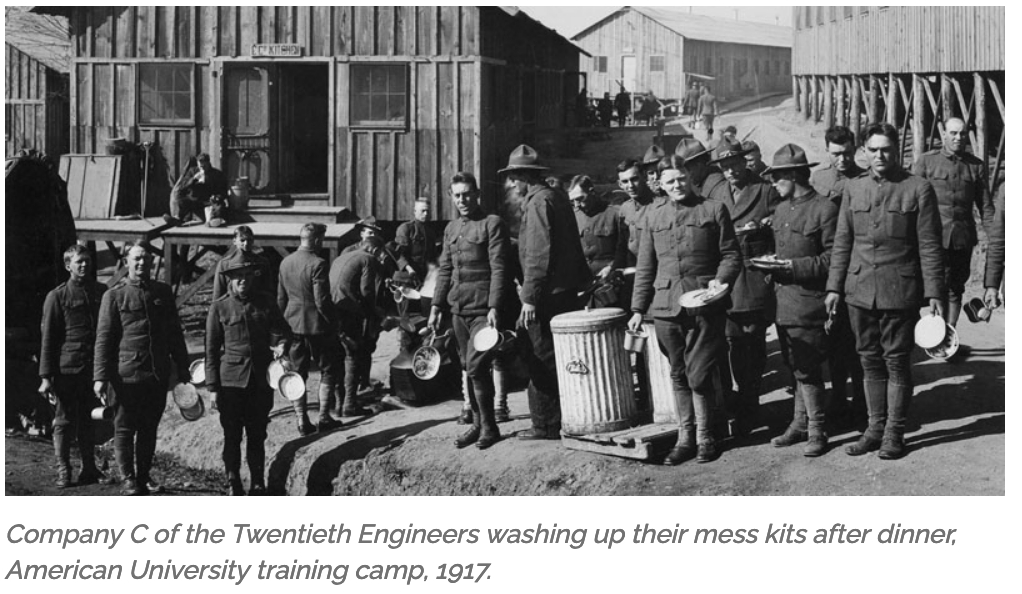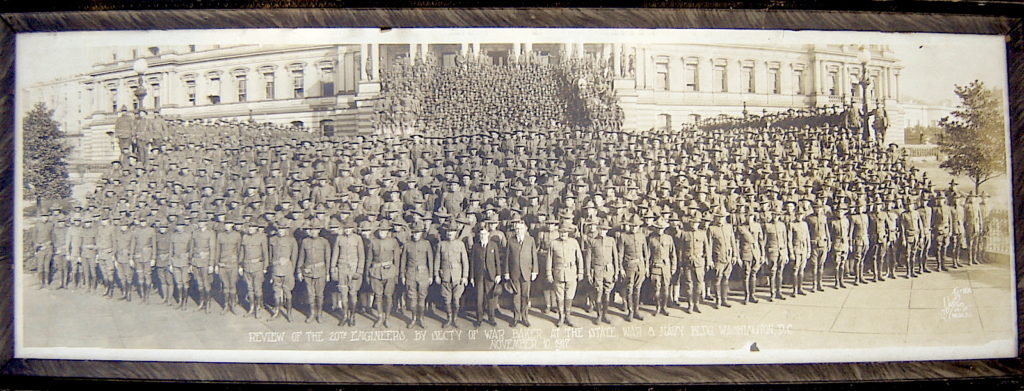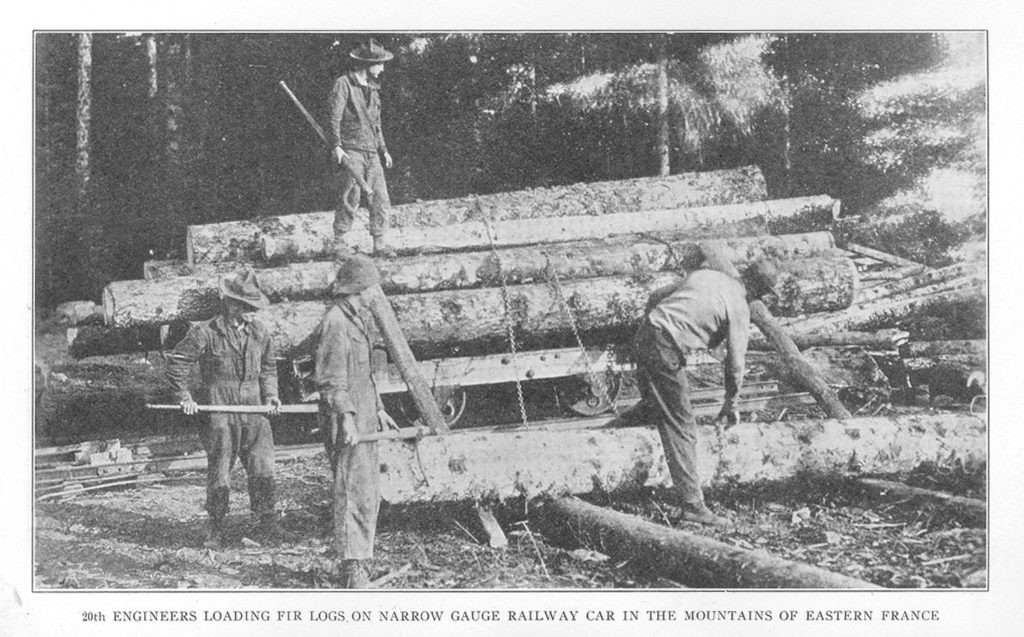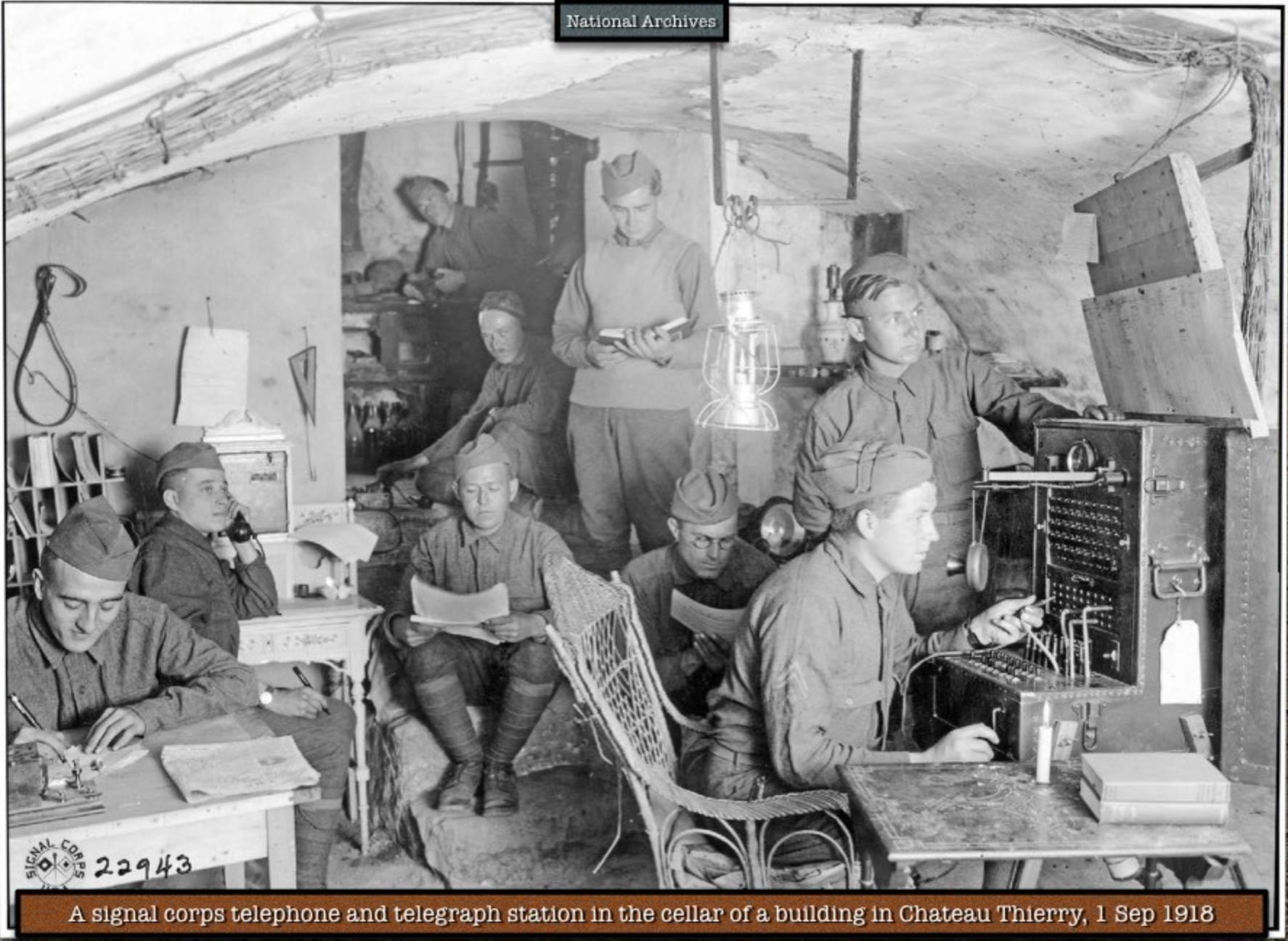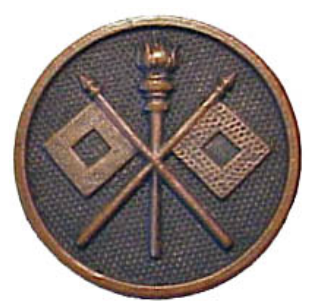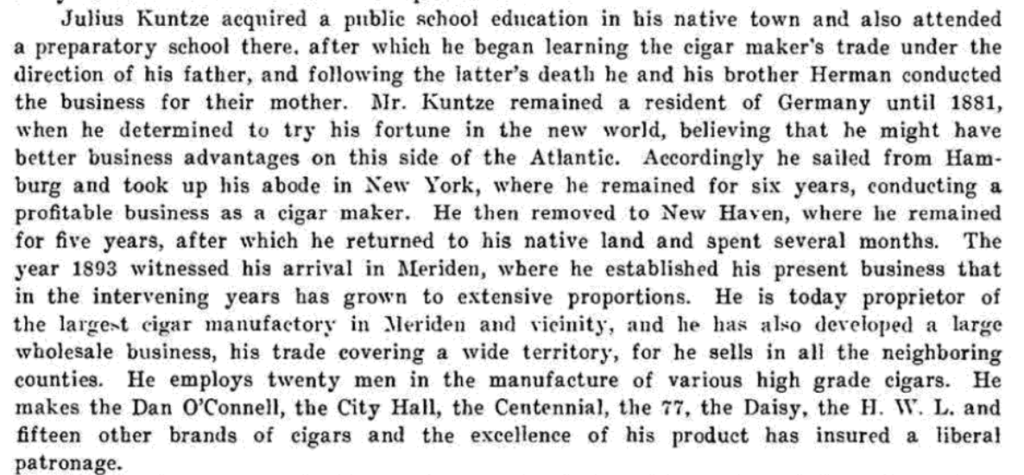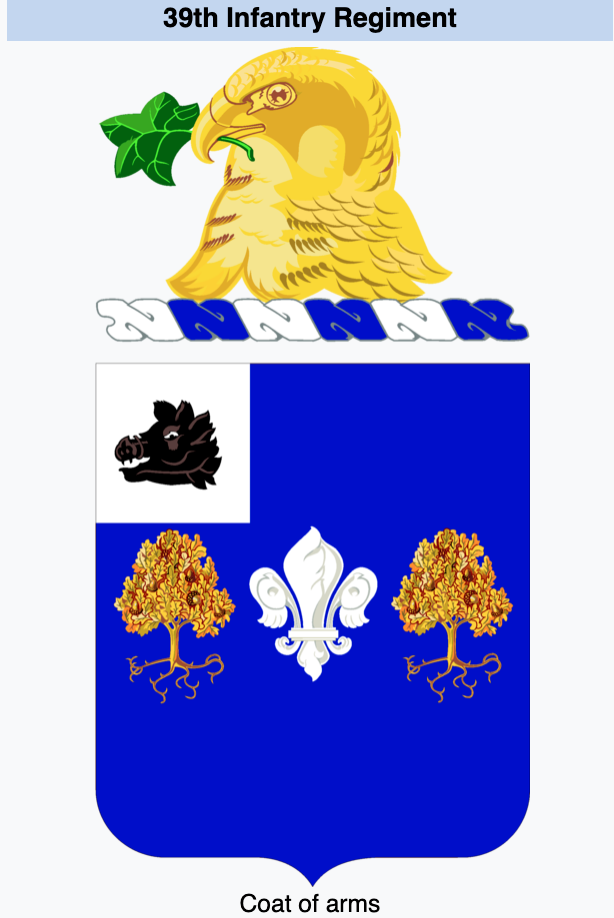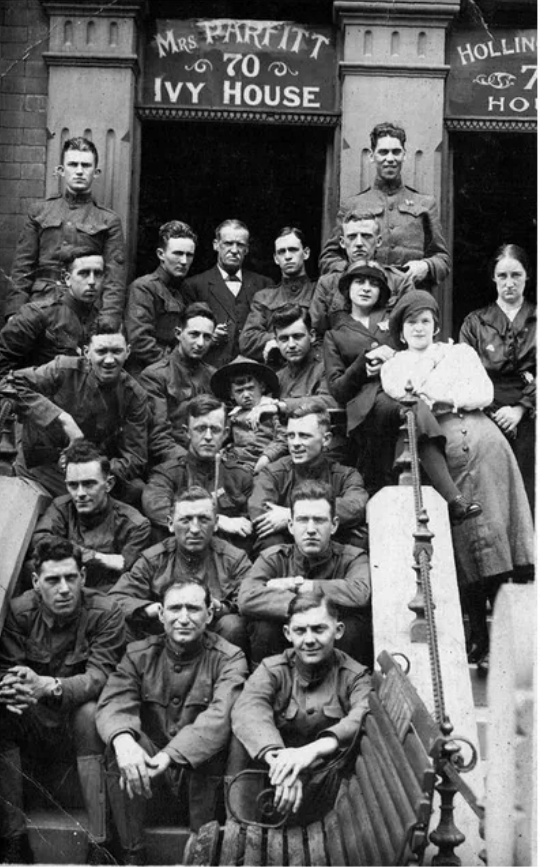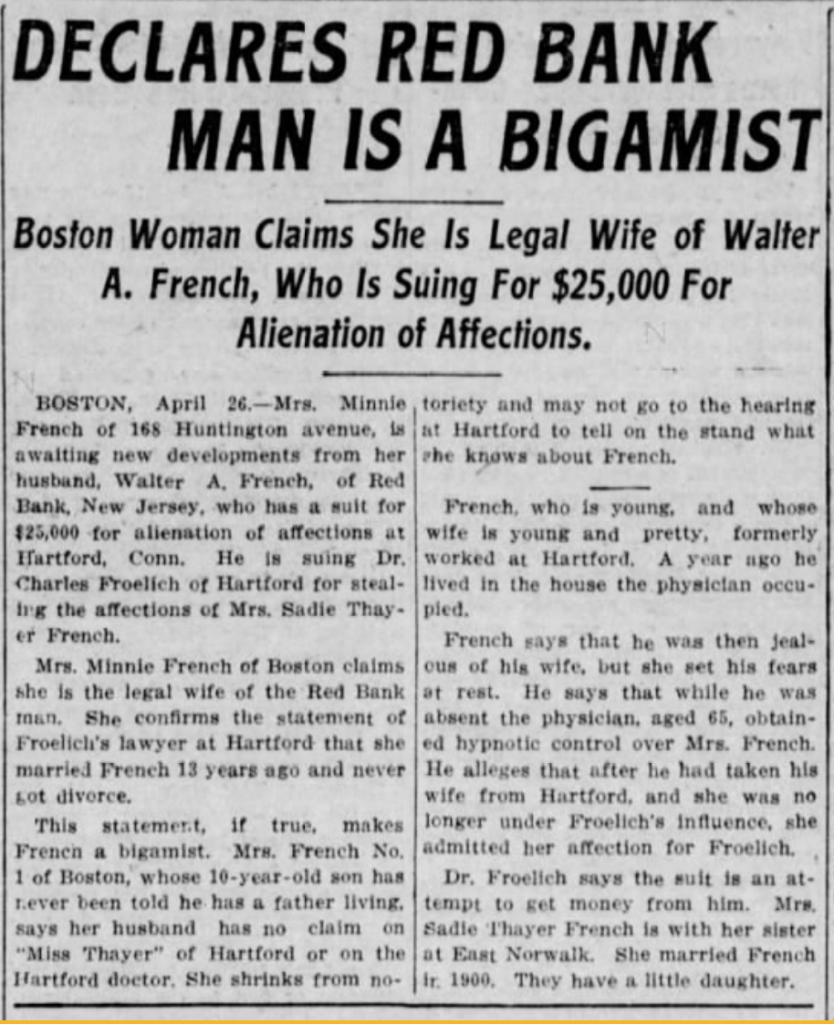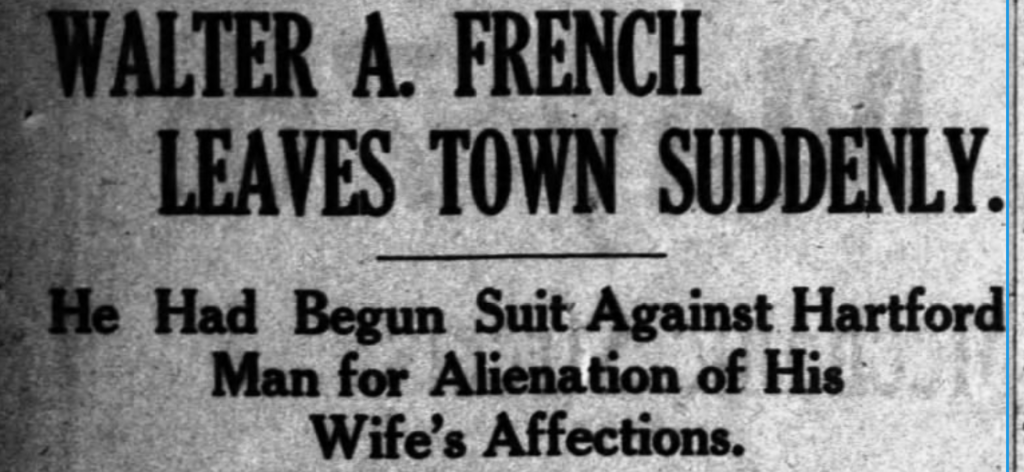Playing Baseball in the 1930’s!
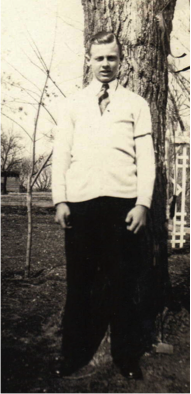
In 1937, my daughter’s great grandfather, Glenn Thomas Shonka Sr., played one season of minor league baseball in the Northeast Arkansas Baseball League (Class D) for the Jonesboro Giants. Class D would be the equivalent of today’s rookie leagues. Glenn was born in Richland, Nebraska in 1916 and passed away in 1978 in Columbus, Nebraska. (Left: photograph of Glenn in 1933)
Glenn was a twenty-three year old third baseman who compiled a career batting average of .160 with 0 home runs and 0 RBI in his 24-game career with the Jonesboro Giants. He played in 8 games, had 81 at-bats with 13 hits including 2 doubles and one triple.
The Jonesboro Giants played in Jonesboro, Arkansas in the American Legion Ball Park. The Giants ended the season (May 6 – Sept. 5) with a record of 56 wins and 53 losses, in third place. The league consisted of the following teams: Blytheville, Arkansas, Jonesboro, Arkansas, Newport, Arkansas, Osceola, Arkansas, Paragould, Arkansas, and West Plains, Missouri.
1936 Omaha Robin Hoods
There is a reference that Glenn was a member of the Omaha Robin Hoods, who existed (under that name) for less than one season in 1936. However, I was unable to find his name listed on a team roster for that year. If he was a player on that team, boy, that season must have been a roller coaster!

In 1936, the Omaha entry in the Western League was the Omaha Robin Hoods. The team established a partnership with the Fontenelle Brewing Company and named the Robin Hoods after the flagship beer made by Fontenelle. The park was spruced up, new uniforms (photo of unidentified player) were acquired and it looked like it would be a great season.
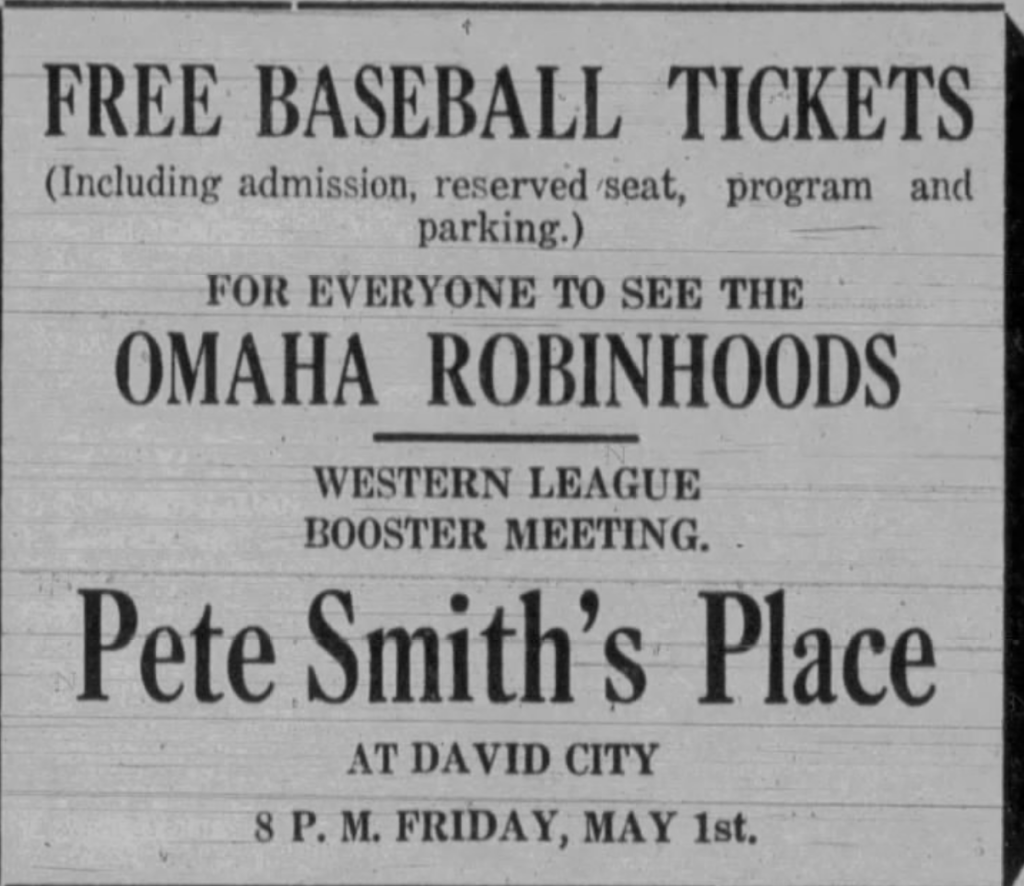
However, the team was beset by troubles, as a windstorm forced the team to play several games in Lincoln, NE. Then the stadium burned down and the team was moved to Rock Island, IL where they became the Rock Island Rocks. Overall the team was 33-29 in the first half and 29-35 in the second half. (Source: Baseball Reference and Nebraska Baseball History)
1936—In August, a three-alarm fire shortly after midnight destroyed Western League/Vinton Street Park and 12 nearby homes. Destroyed were uniforms, bats, balls, and $1,000 worth of beer and hot dogs.
Comments, corrections and and suggestions appreciated.
Copyright © 2020. All Rights Reserved by David R. French.
